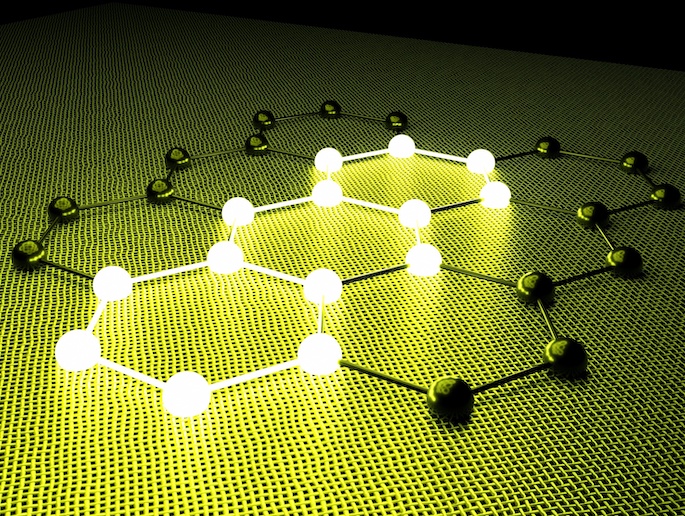Futuristic nanotechnology helps preserve history
Europe is proud of its recent history and heritage, something that is clearly witnessed in old stone buildings scattered around cities from the eastern Mediterranean to the North Sea. But many of these fine buildings are threatened by the ravages of time and need innovative solutions to keep them as beautiful as they once were. The EU-funded 'Stone conservation for the refurbishment of buildings' (Stonecore) project is applying a new approach for renovating stone, mortar and plaster used in the construction of historic monuments and buildings. It is developing and testing nano-materials that are compatible with the stone and mortar used in these structures, as well as novel safe methods for the assessment of stone. The project studied different types of nano-materials that would fit its needs, determining their suitability in preserving natural and artificial stones, mortars and plasters. It documented, sampled and categorised all the materials to be tested and studied, before investigating different fungal and algal growth on different stones, mortars and plasters. Stonecore is developing sols (liquid-like suspensions) with calcium hydroxide particles at the nano-scale that could increase the strength of treated mortar and stone. These sols are white to white-opal and have a stability of several months. The dispersion medium and concentration of the calcium hydroxide nano-sol have also been carefully selected. At the same time, different species of mould and algae were isolated and indentified in trials on buildings, to be neutralised with new nano-lime dispersions. Novel non-destructive ways were also developed to assess and diagnose stone. These include non-invasive ground-penetrating radar (GPR) technology and innovative ultrasonic measurement systems. The system can detect even very thin fractures and cracks as well as monitor the renovation with nano-sols. Initial field results have shown that modern, high-frequency pulse radars are also capable of detecting thin fractures and fracture networks in stone structures. In addition, an ultrasonic measurement tool has been developed to determine the stiffness of the stone material and identify loose surfaces. With this revolutionary technology the character and charm of European buildings will be preserved, and so will an important part of our history and heritage.







